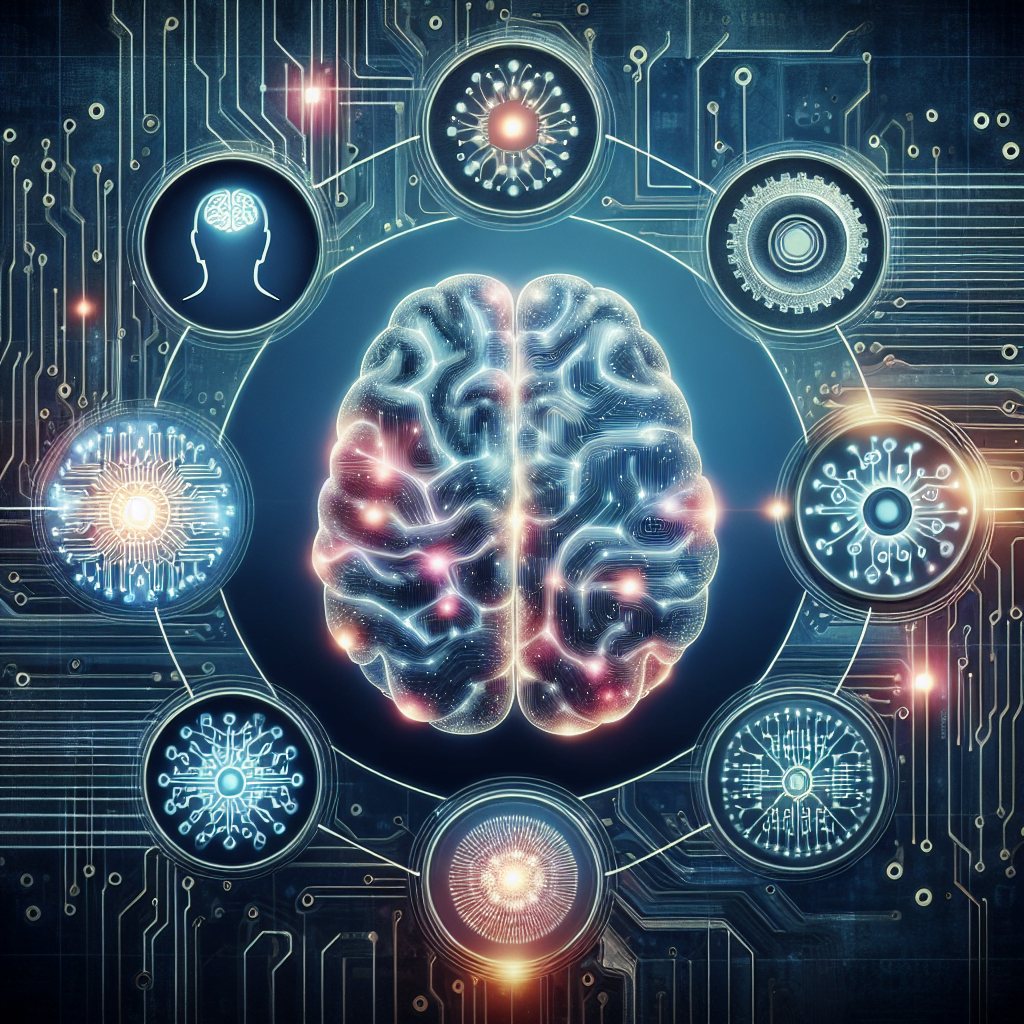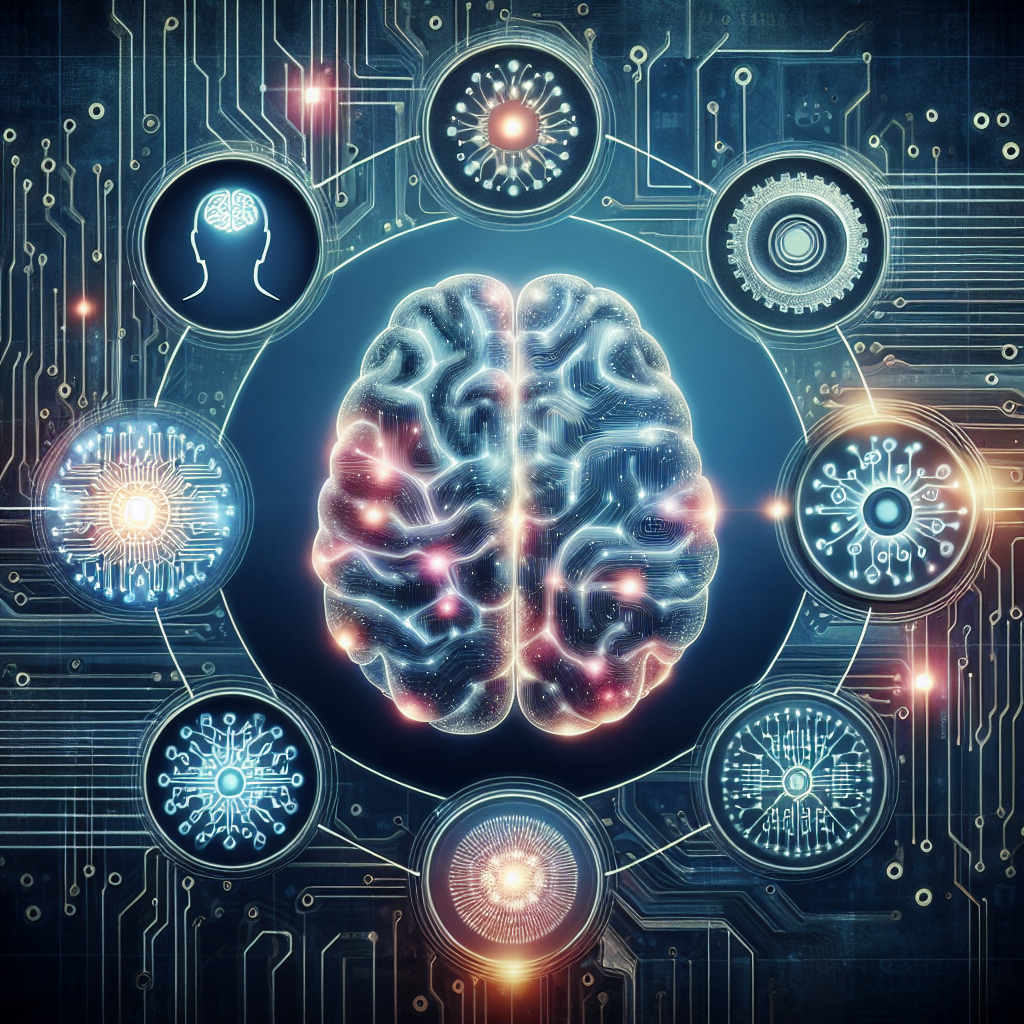Embark on an enlightening journey into the realm of Artificial Intelligence with “Artificial Intelligence: A Step-by-Step Guide for Beginners” at your side. This guide is crafted to gently unfold the complex world of AI, making it accessible for you, even if you’re taking your very first steps into this fascinating subject. You’ll discover the foundational concepts, learn about the groundbreaking milestones that have shaped the field, and get acquainted with the tools that will empower you to partake in the AI revolution. Unlock the potential that AI holds for the future, all while navigating its intricacies with ease and confidence.
Try AI For Yourself Click Here
Understanding Artificial Intelligence
What is Artificial Intelligence?
You’ve probably heard the term “Artificial Intelligence” or AI thrown around quite a bit, but what does it really mean? In essence, AI refers to machines designed to perform tasks that typically require human intelligence. This includes problem-solving, recognizing speech, translating languages, and even making decisions. AI systems are designed to learn and adapt, which means they can improve their performance over time as they gather more data.
History of Artificial Intelligence
Your interest in AI might spark curiosity about its origins. Artificial intelligence has a rich history dating back to the mid-20th century. It all started when mathematician Alan Turing posed a question in 1950: Can machines think? Since then, the field of AI has seen waves of optimism, disappointments, and renewed hope known as the “AI winters” and “AI springs.” The pivotal moments include the creation of the first AI programs in the 1950s, the development of expert systems in the 1970s, and the recent resurgence fueled by big data and advancements in machine learning.
Types of Artificial Intelligence
When you dive into the world of AI, you’ll encounter several types. There’s narrow or weak AI, which is designed to perform specific tasks — think Siri or Alexa. Then there’s general or strong AI, which aims to understand and learn any intellectual task that a human being can. Though strong AI is still largely theoretical. Finally, there’s the futuristic concept of superintelligent AI, which would surpass human intelligence in every respect.
The Basics of Artificial Intelligence
Machine Learning
At the heart of AI, you’ll find machine learning (ML), a subset that focuses on the development of algorithms that can learn from and make predictions on data. This learning can either be supervised or unsupervised, which you’ll learn more about later on. Machine learning is what enables a system like Netflix to recommend shows you might like by analyzing your past viewing habits.
Deep Learning
Going deeper, there’s deep learning, a type of machine learning that uses neural networks with many layers (hence the “deep”). These layers enable the processing of complex, multi-dimensional data inputs into a more abstract and composite representation. Deep learning is behind many of the most advanced AI successes, such as image and voice recognition technologies.
Natural Language Processing
You’ll also encounter natural language processing (NLP), which helps computers understand, interpret, and respond to human languages in a way that is both meaningful and useful. This enables applications like chatbots, translation services, and sentiment analysis tools.
Getting Started with Artificial Intelligence
Setting up your Development Environment
If you’re ready to get your hands dirty with AI, you’ll need to set up a development environment. This involves installing the necessary software, such as AI and ML libraries and tools, on your computer. Depending on what you’re working on, you might need a more powerful machine or even cloud computing resources.
Choosing the Right Programming Language
In your AI journey, choosing the right programming language is critical. Python is currently the most popular due to its simplicity and the vast array of AI and ML libraries available, like TensorFlow and PyTorch. Other options include R for statistical analysis, Java for its portability, and C++ for its performance.

Try AI For Yourself Click Here
Building Blocks of Artificial Intelligence
Data Collection and Preparation
Your AI systems are only as good as the data they learn from. You’ll start by collecting high-quality, relevant data. Once you have this data, you’ll need to prepare it — this may involve cleaning the data to remove any inaccuracies or inconsistencies.
Data Preprocessing
Before you can use your data to train a model, you often need to preprocess it. This could involve normalizing the data (scaling it to a specific range), encoding categorical variables, or dealing with missing values, among other techniques.
Model Training and Evaluation
After preprocessing, you’ll train your AI model by feeding it your data. This stage involves adjusting the model parameters to improve its predictions. Once trained, you’ll evaluate the model’s performance using metrics like accuracy, precision, recall, or F1 score. Depending on the results, you might refine the model further.
Machine Learning Algorithms
Supervised Learning
In supervised learning, you’re dealing with labeled data. This means the algorithm is trained on a dataset that includes the inputs along with the correct outputs. Tasks like Classification and Regression are common, where the algorithm learns to predict a discrete label or a continuous value, respectively.
Unsupervised Learning
Unsupervised learning doesn’t require labeling the data. The algorithm tries to understand the structure of the data without any explicit instructions. Methods like clustering, where the aim is to find natural groupings within the data, and dimensionality reduction, which reduces the number of features in a dataset, are part of unsupervised learning.
Reinforcement Learning
Imagine an algorithm learning through trial and error, much like how you might learn a new game. That’s the essence of reinforcement learning, where an agent learns to make decisions by performing actions and receiving rewards (or penalties) in a dynamic environment. It’s used in areas such as robotics and gaming.
Deep Learning Techniques
Neural Networks
Neural networks are a series of algorithms that mimic the operations of a human brain to recognize relationships between vast amounts of data. They are composed of layers made up of interconnected nodes or “neurons,” each processing input and passing their output to the next layer.
Convolutional Neural Networks (CNNs)
For tasks involving images, convolutional neural networks (CNNs) are typically your go-to. They are specifically designed to process pixel data and are used in computer vision tasks, such as image classification and facial recognition.
Recurrent Neural Networks (RNNs)
When dealing with sequential data like time series or language, recurrent neural networks (RNNs) come into play. They have the unique feature of using their internal state (memory) to process sequences, making them ideal for tasks like speech recognition or language translation.
Try AI For Yourself Click Here
Natural Language Processing (NLP)
Text Preprocessing
Processing text data involves several steps before it’s ready for modeling. You’ll be tokenizing the text (breaking it down into words or phrases), removing stopwords (common words that add little meaning), and lemmatizing or stemming (reducing words to their base form).
Language Modeling
Language modeling is about developing models that can predict the probability of a sequence of words. This is fundamental in applications like text generation, where you want your AI to churn out human-like responses.
Sentiment Analysis
Sentiment analysis involves gauging the sentiment behind a piece of text. Is it positive, negative, or neutral? Understanding sentiment can be invaluable for businesses looking to gauge public opinion on products or services.
Tech-Savvy Tactics: Elevating Your Career with Cutting-Edge Technology
Applications of Artificial Intelligence
Robotics and Automation
In the field of robotics, AI facilitates autonomy in machines, allowing them to perform complex tasks without human intervention. Think self-driving cars or automated manufacturing robots.
Natural Language Understanding
AI’s ability to interpret and make sense of human language powers natural language understanding. This technology underpins virtual assistants, chatbots, and a wide range of user interfaces.
Computer Vision
Computer vision enables machines to interpret and make decisions based on visual data. Thanks to AI, applications range from medical imaging diagnostics to surveillance systems that can identify objects and individuals.
Ethical Considerations in Artificial Intelligence
Bias and Fairness
When it comes to AI, bias can become a significant issue if the data it learns from isn’t representative or if the algorithms are flawed. Ensuring fairness in AI is about preventing discrimination and equality in automated decisions.
Privacy
With AI often relying on massive amounts of personal data, privacy concerns are ever-present. Ensuring that data is used responsibly and with consent is a crucial part of developing AI systems.
Accountability
There’s also the question of accountability. As AI systems become more autonomous, it becomes harder to determine who is responsible when things go wrong. Establishing clear guidelines and responsibility is essential for trust and reliability in AI applications.
The Future of Artificial Intelligence
Advancements in AI Technology
The pace of AI innovation is not slowing down. You can expect advancements in algorithms, more sophisticated models, and improved techniques that could solve more complex problems with greater accuracy and efficiency.
AI in Various Industries
Expect AI to weave itself into the fabric of various industries, from healthcare to finance, transforming processes and creating new opportunities for innovation and growth.
Potential Impacts on Society
AI’s future is not just about technology. It’s about how it affects society, from job displacement to ethical dilemmas. Understanding and navigating these changes will be a significant part of your journey into the world of artificial intelligence.
As you embark on this exciting path, remember that AI is a tool with the potential to enhance human abilities and improve lives. Your curiosity, combined with a responsible approach, can contribute significantly to this burgeoning field. Welcome to the world of AI!
